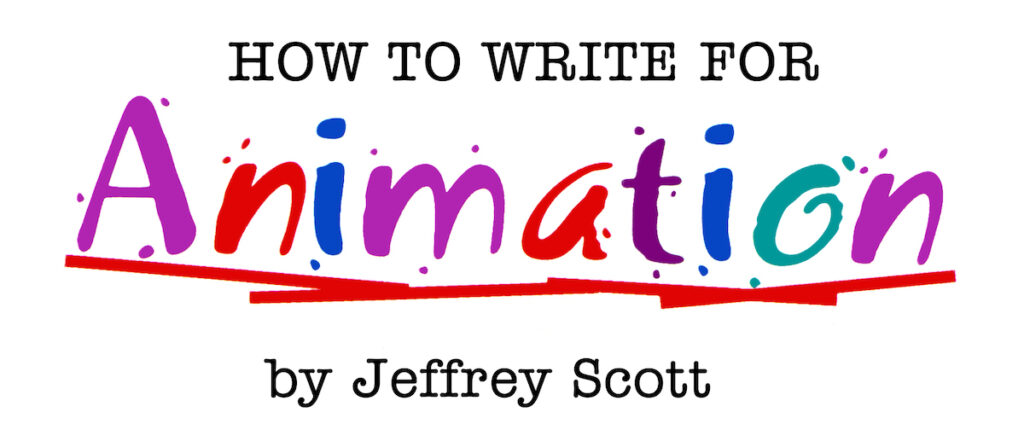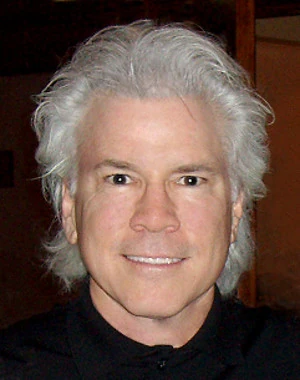
I want to take a step back from these How to Write for Animation posts to mention something vital to serious writers. Although my book has been praised as helpful by aspiring animation writers, if you really want to become a successful writer you need to study deeper and wider than just animation writing.
When I went to UCLA I majored in Motion Pictures/TV. I took a couple of screenwriting classes from guys who were pretty well-known teachers. They lectured a bit but I can’t remember a thing they said. What I do recall is that they told me to go write a screenplay and come back in 10 weeks. I did this. I got A’s. I learned nothing.
I’ve learned a lot about screenplay structure since then. One of the things I learned is that you don’t need to go to film school to learn to write. I am not discounting the value of film school. There are terrific schools today that help launch many successful film careers. If you go to film school, and your professor happens to be a professional screenwriter, his or her feedback can certainly be helpful. But you need to learn a lot about theme, character, and structure before you worry about feedback. And there is plenty of excellent information in books.
I am often asked for writing tips by aspiring writers. The first tip I give them is to read books on screenwriting. Below is my list of favourite screenwriting books. None of them, by themselves, will teach you everything you need to know about screenwriting. But taken together you can get all the information you need to write a well-structured screenplay.
Another tip I give to aspiring screenwriters is this: Read the books for enjoyment first, like you would a novel. No note taking. No trying to remember anything. Just go through them and let the author’s words and ideas wash over you. Then read them again with a highlighter and only highlight the data that you agree with or seems most important to you. Instruction books are generally about 5 per cent data and 95 per cent anecdotes and reiterations. Highlight just the data. If you want to take this one step further I recommend transcribing the highlighted material into a Word document. This way you can reorganise it to suit your needs, and best of all you can search it.
Once you’ve done this with all of these books it should all start to gel for you and the road to effective structure will become clearer. If any other screenwriting books pique your interest or are recommended, do the same with them. The more the merrier. If a book has only one piece of useful data it’s worth the read. Keep the most useful data and discard the rest. This method has worked well for me.
Here are my recommendations:
STORY, by Robert McKee, Hollywood’s most famous screenwriting instructor, is the most comprehensive book on screenplay structure and style. It’s a dense read but if you’re serious about becoming a screenwriter you MUST read this book!
THE ANATOMY OF STORY, by John Truby, is one of the most popular and best books on screenwriting. I studied Truby’s techniques before he wrote his book and found them most enlightening. His “22 steps” are very helpful in guiding one through the maze of screenwriting structure.
THE WRITER’S JOURNEY, by Christopher Vogler, has been required reading in Hollywood for years. The book expands on Vogler’s legendary seven-page Disney memo for screenwriters entitled, “A Practical Guide to The Hero With a Thousand Faces”, based on Joseph Campbell’s classic book. The Writer’s Journey describes the 12 steps of mythical story structure and its dramatic personae in clear and concise terms invaluable to writers.
SCREENPLAY, by Syd Field, has a virtual cult following of believers. I’m not one of them. But there is some really good stuff between the covers. Syd has developed a very simple act structure that can, in conjunction with McKee’s Story, help the screenwriter to better see the vital elements of screenplay structure.
THE SCREENWRITER’S WORKBOOK, by Syd Field, updates the act structure laid out in his book, Screenplay, adding one more vital element that helps in fully understanding screenplay structure. This one element alone is worth getting the book.
PLOT CONTROL, by Mitchell German, is not a book. It’s an online screenwriting system that is simple yet powerful in its ability to help a writer develop a tightly structured plot, theme, subplots and characters. And it’s just the first step of Mitchell’s screenplay technology. I find it invaluable in my writing and highly recommend it. It costs a bit more than a book but is worth every penny.
©Jeffrey Scott, All Rights Reserved
Jeffrey Scott has written over 700 animated and live-action TV and film scripts for Sony, Warner Bros., Disney, Marvel, Universal, Paramount, Columbia, Big Animation, Hanna-Barbera and others. His writing has been honored with three Emmys and the Humanitas Prize. He is author of the acclaimed book, How to Write for Animation. To work with Jeffrey visit his website at www.JeffreyScott.tv.
Read other articles from this series:
#1 The difference between live-action and animation writing
#3 It all begins with a premise
#4 The secret to developing your story
#5 Finding the scenes that MUST be there
#7 How to easily transform your outline into script
#8 A brief introduction to script writing
#9 How long should your scenes be?
#10 How to (and NOT to) edit your writing


